New Hyundai Kona EV is no aesthetic knock-out, but should you really care?
The Hyundai Kona EV sneaks unconventional thinking into the mainstream, cloaking excellent tech in wilfully awkward forms
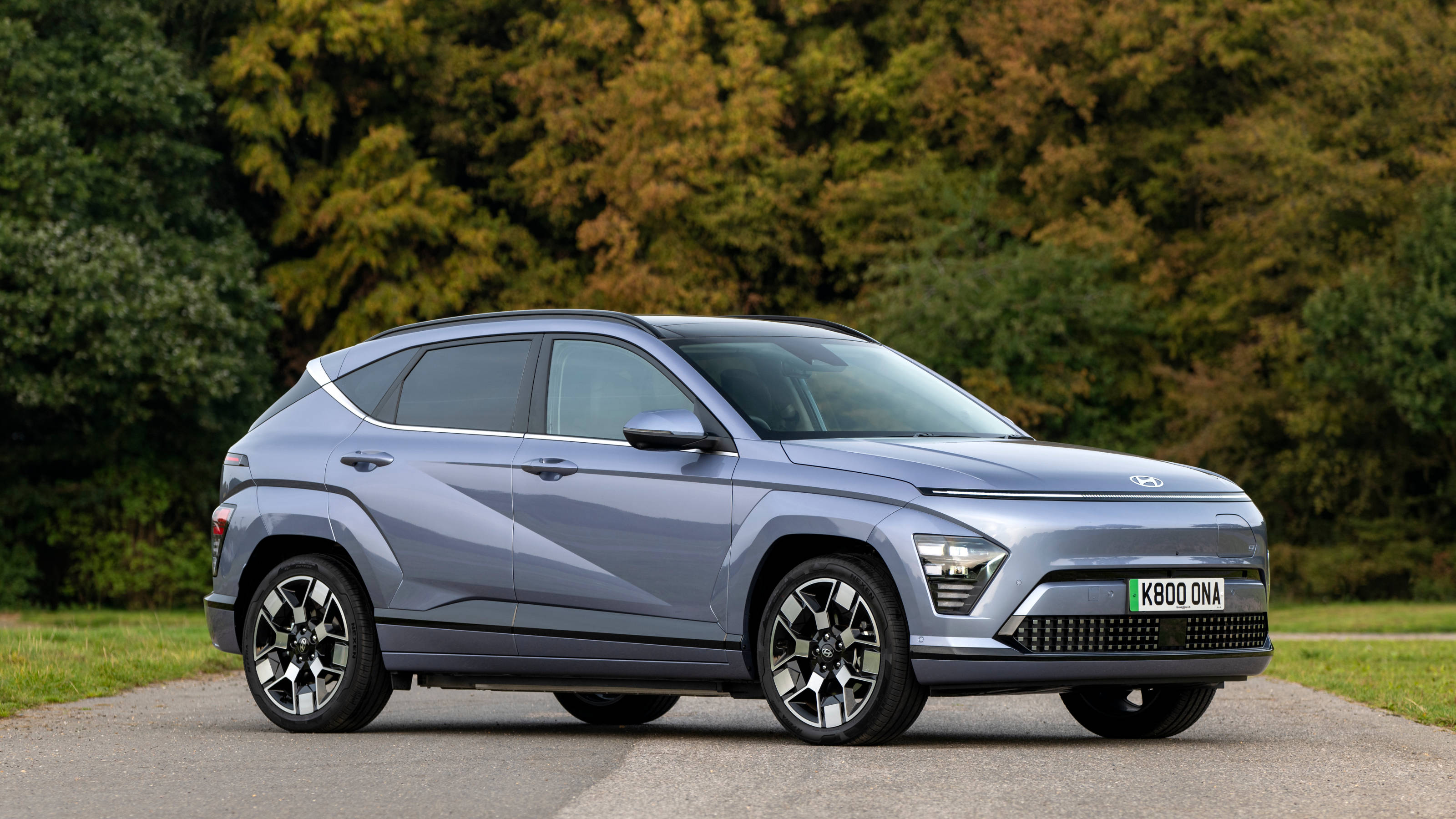
Hyundai’s Kona is a contemporary expression of pure, uncomplicated, unadorned and no-nonsense personal transportation. It is a car designed to fit seamlessly into any life, anywhere in the world, carefully scrubbed of cultural signifiers or indications of class. It wears its unconventional looks with quiet pride.
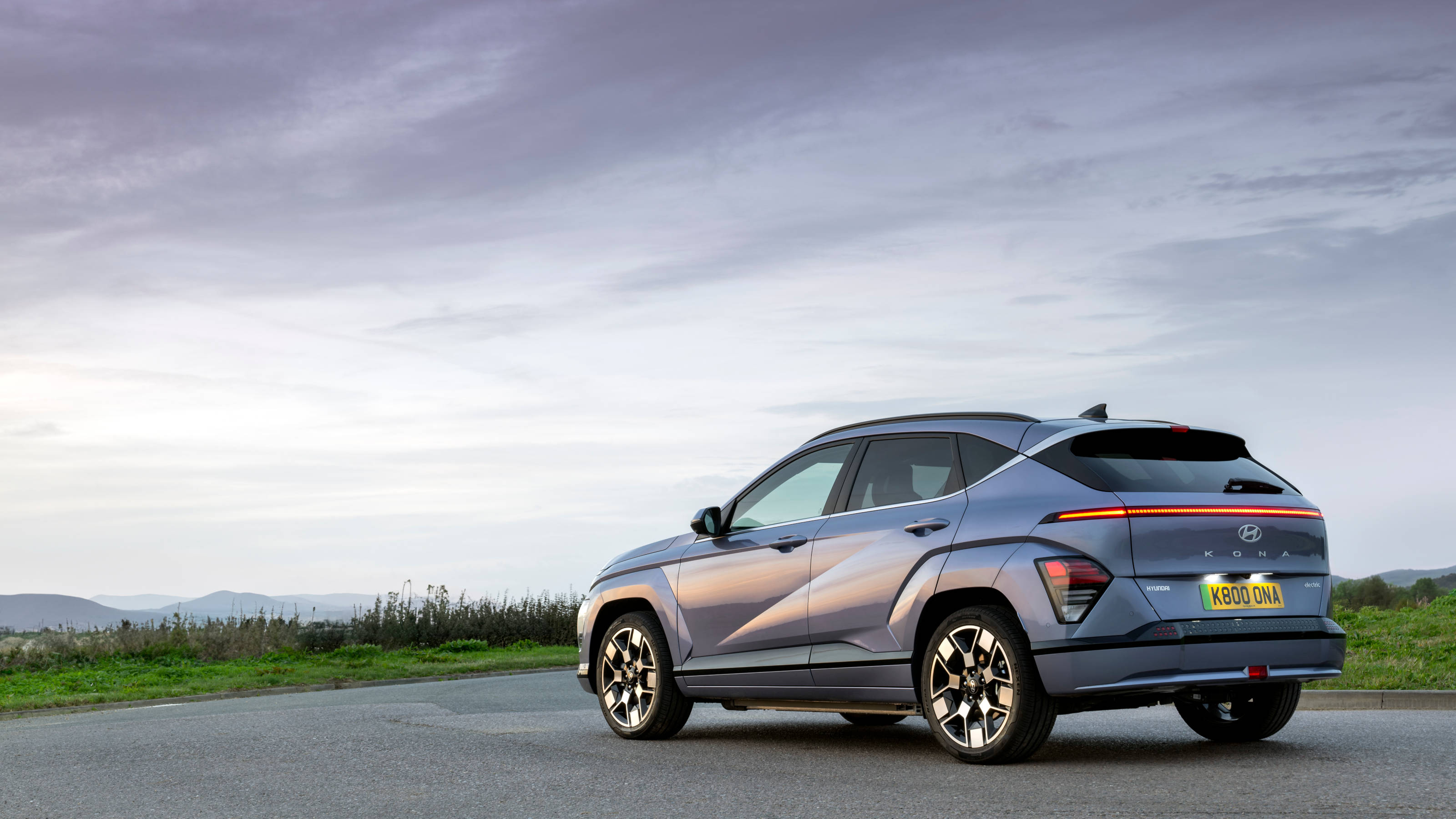
All this makes it sound like the Kona is bland and soulless and not necessarily worthy of your attention. In truth, it's actually rather striking, albeit not exactly elegant, an illustration of how avant-garde ideas can creep into the mainstream and reshape the middle of the road.
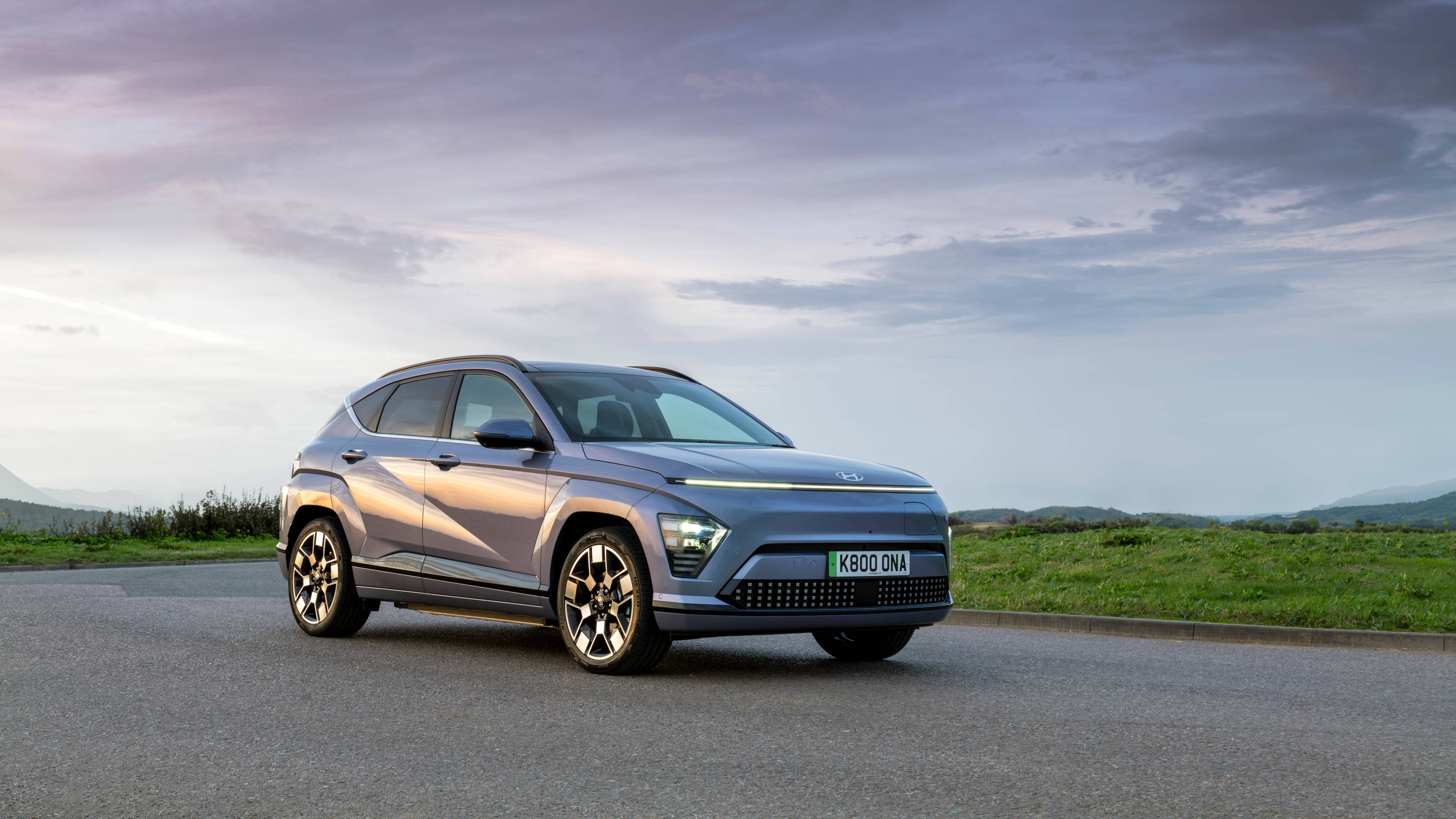
Hyundai knows that plenty of potential customers, both now and in the imminent future, are happy to disavow the unduly elevated status the car has acquired. Instead, they're treating cars like a four-wheeled appliance, a means of getting from A to B without attracting attention or causing unnecessary hassle.
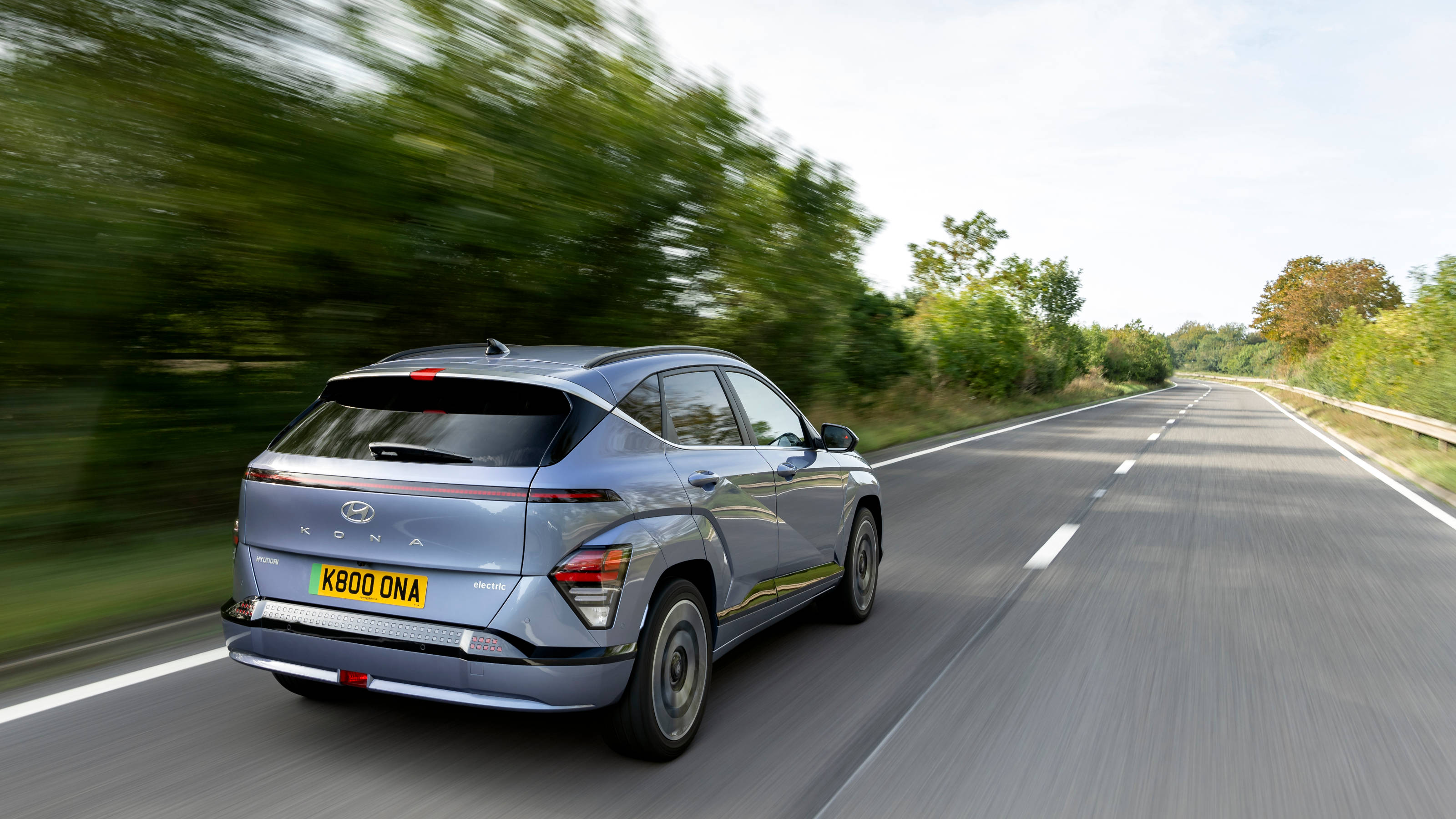
Hence the Kona. Hyundai makes plenty of cars that cater to the conspicuous consumer. Both Ioniq 5 and Ioniq 6 are design statements first and foremost, distinctive but different expressions of how an EV should look to those whose perception of tomorrow’s technology is infused with a hint of futures past.
Hyundai Kona EV: better on the inside
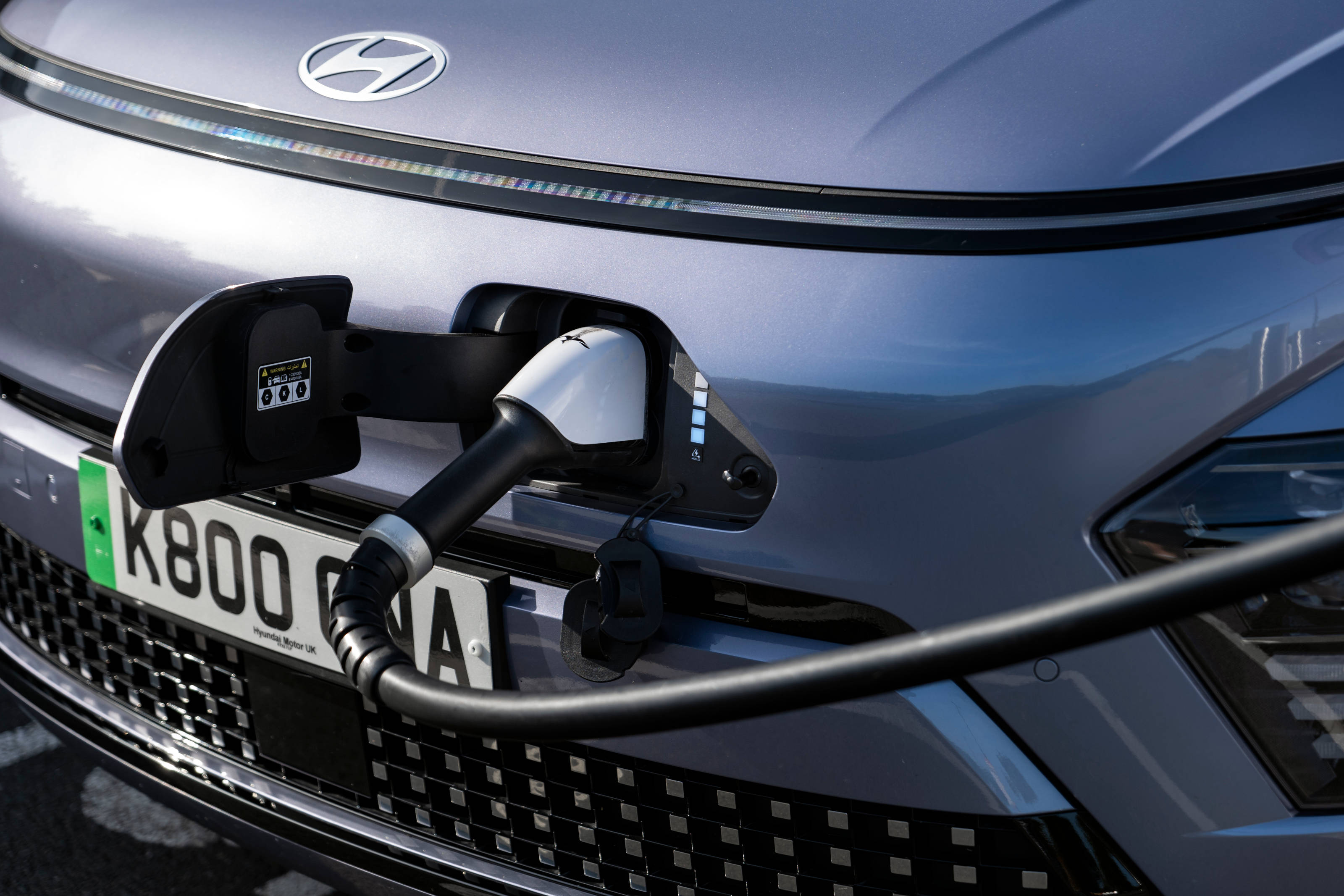
Not so with the Kona. Straddling the blurry line between mid-sized hatchback and compact SUV, the latest version of this electric four door is not going to win any beauty contests. Certain details are clearly brought over from its more stylish siblings, like the triangular creases on the side panels and the dot matrix-style lower front grille. Overall, however, there are two many lines, too many intersections and not enough coherence.

The old Kona was also pretty fussy, but this new car appears to be akin to a transitional fossil, a waypoint between the curvier Hyundais of old and the creased edges of the company’s current retro-future direction.
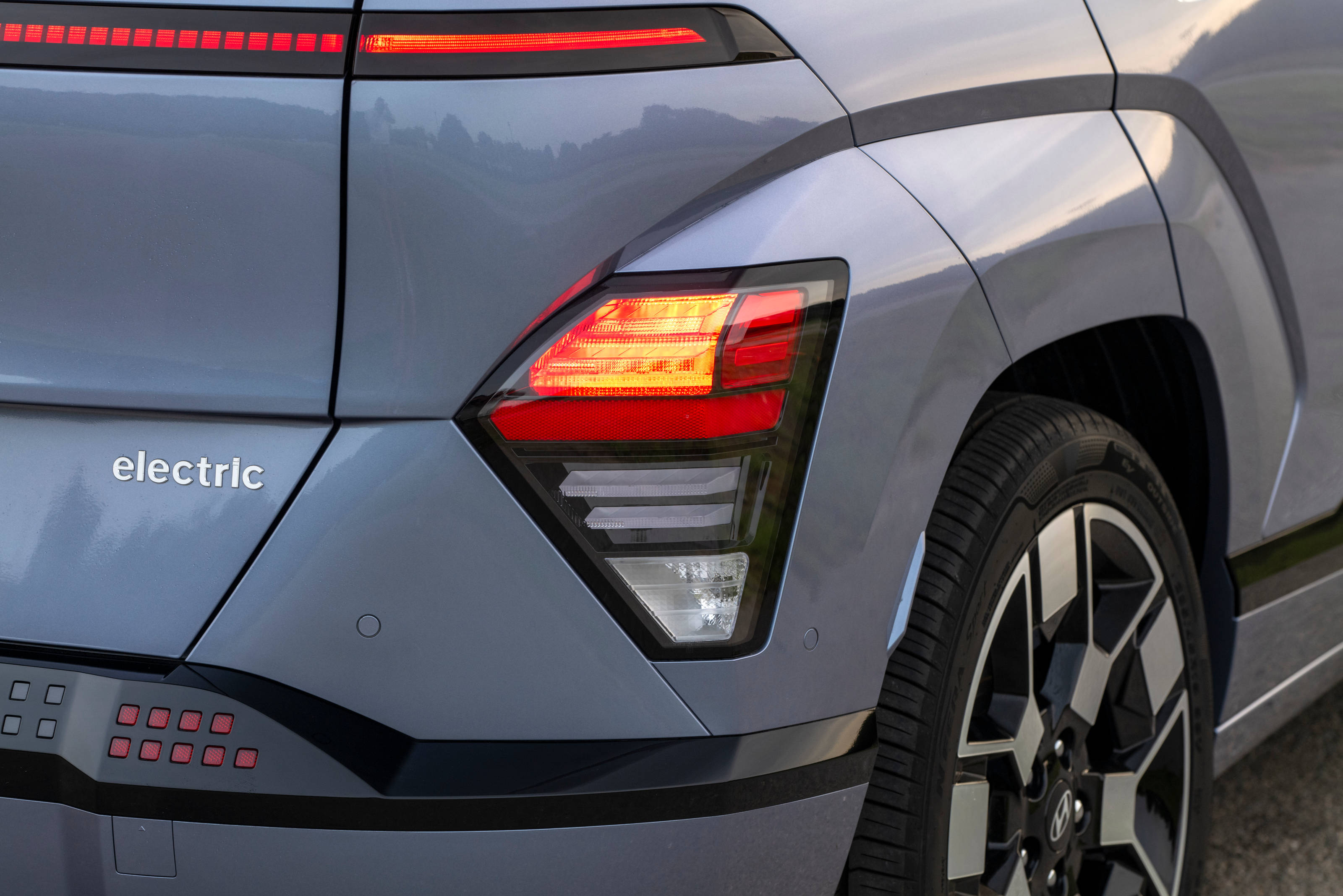
The rear view is probably the most uncompromising, with pronounced wheel arches that terminate in the light clusters, all set beneath a wide brake-light strip; the effect is two separate cars that have been spliced together in a CAD program. Even the relatively clean front end suffers from a lack of definition and character.
Receive our daily digest of inspiration, escapism and design stories from around the world direct to your inbox.

But all this should matter, because this is a car for those who don’t care, right? In any case, what matters most is where you’ll be spending most of your time, the interior. A step change along from the older model, the Kona is comprehensively equipped with functions like a live rearview display that pops up in the instrument cluster when you operate an indicator.
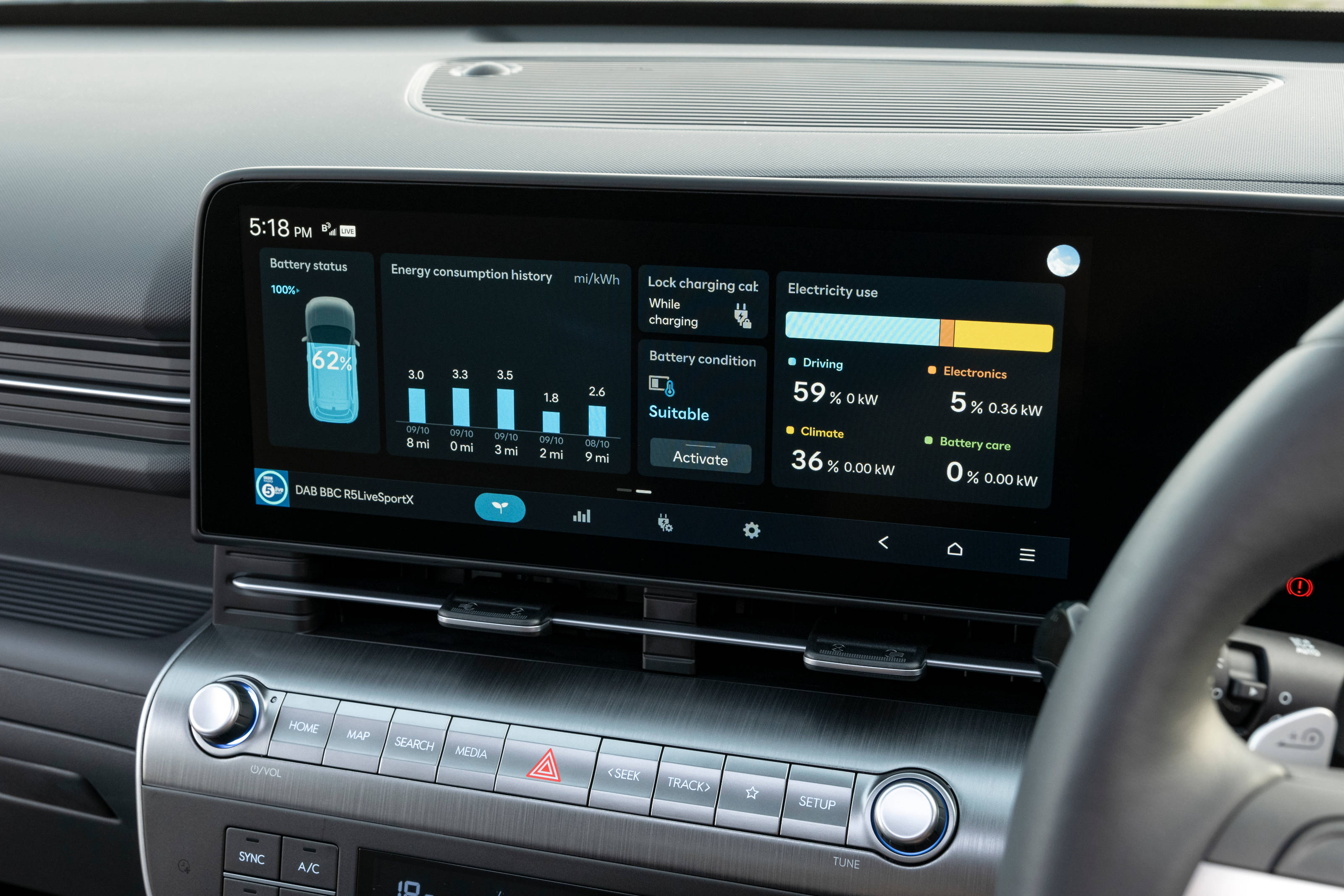
There’s also storage, space and plenty of buttons and functionality, like the ability to send some of the EV’s power to an external appliance. Hyundai also offers in-car streaming via Amazon Music (if you have an account), with voice recognition promised further down the line.
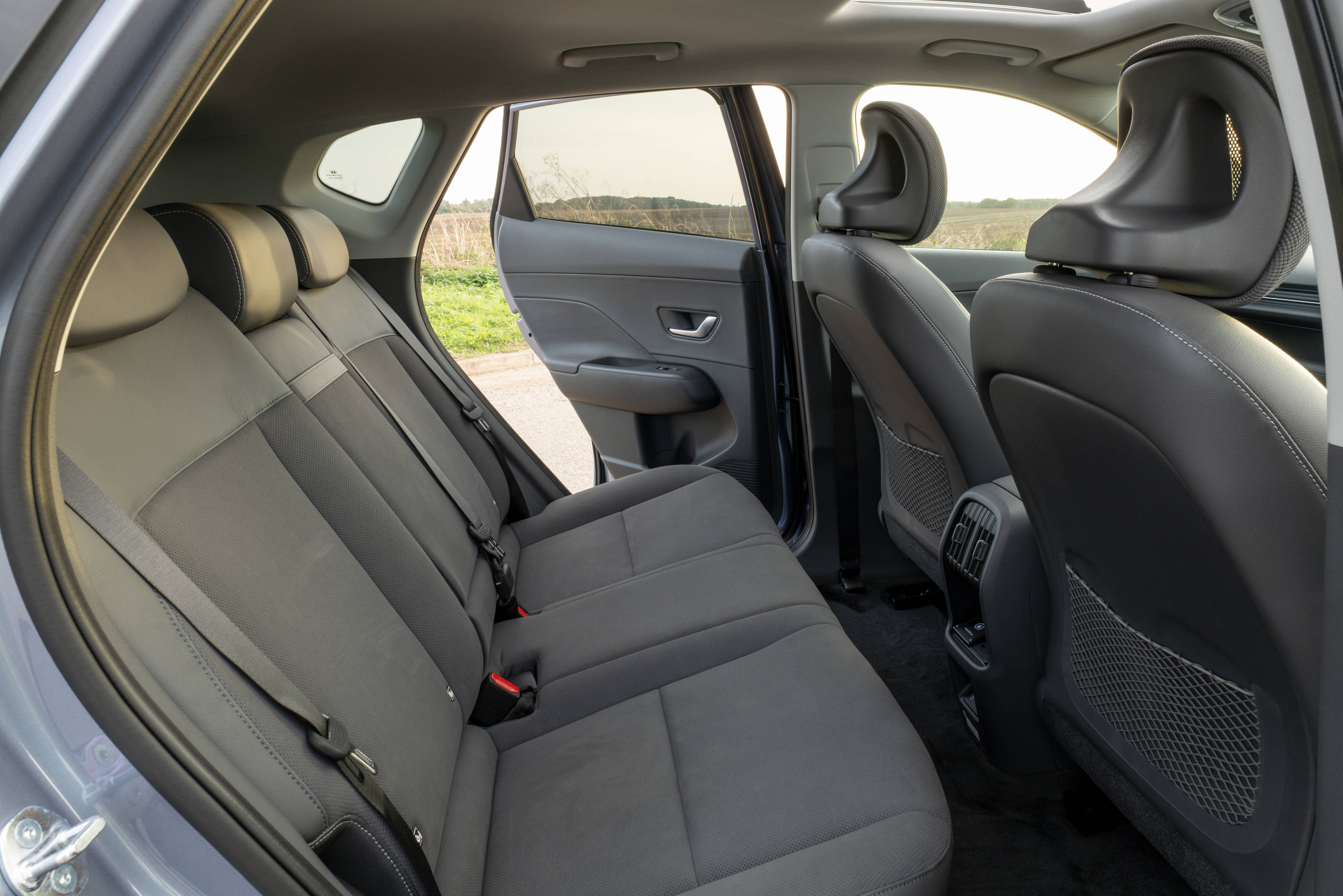
The Kona is not a bad car by any definition. Range is more than decent at around 300 miles, with EV performance to match, and it’s compact and utterly easy to live with, with Hyundai’s history of fine reliability and long warranties to boot. Automotive aesthetics are purely subjective and shift with the passing of time. Give it a few years, and this modest mid-sized EV will probably have accrued plenty of much-needed character.
Hyundai Kona EV, from £32,450, Hyundai.co.uk
Jonathan Bell has written for Wallpaper* magazine since 1999, covering everything from architecture and transport design to books, tech and graphic design. He is now the magazine’s Transport and Technology Editor. Jonathan has written and edited 15 books, including Concept Car Design, 21st Century House, and The New Modern House. He is also the host of Wallpaper’s first podcast.
-
 ‘Seriously,’ says Sprüth Magers, art can be funny too
‘Seriously,’ says Sprüth Magers, art can be funny tooAt Sprüth Magers, London, group show ‘Seriously’ delves into humour in art, from the satirical to the slapstick
-
 Zayed National Museum opens as a falcon-winged beacon in Abu Dhabi
Zayed National Museum opens as a falcon-winged beacon in Abu DhabiFoster + Partners’ Zayed National Museum opens on the UAE’s 54th anniversary, paying tribute to the country's founder and its ancient, present and evolving future
-
 Design Miami announces Dubai collectible design platform in collaboration with Alserkal
Design Miami announces Dubai collectible design platform in collaboration with AlserkalThe new platform will honour the region’s cultural heritage while highlighting its spirit of innovation
-
 The future of off-road is encapsulated in Hyundai’s rugged Crater Concept
The future of off-road is encapsulated in Hyundai’s rugged Crater ConceptAn exploration of the future form of Hyundai’s XRT sub-brand, the Crater Concept is designed to roam where no one else goes
-
 All the new electric cars and concepts revealed at Munich’s IAA Mobility 2025
All the new electric cars and concepts revealed at Munich’s IAA Mobility 2025Munich’s alternative motorshow is now in its third iteration, combining a traditional exhibition space with a conference and large-scale public activations on the streets of the city
-
 An instant modern classic, the new Hyundai Inster is an all-conquering, all-electric city car
An instant modern classic, the new Hyundai Inster is an all-conquering, all-electric city carSmall EVs are making big waves as the tech continues to evolve. Hyundai shows everyone else how to do it
-
 The raucous Hyundai Ioniq 5N EV has the sound and feel of an old school sports car
The raucous Hyundai Ioniq 5N EV has the sound and feel of an old school sports carHyundai is an unlikely saviour of the sporting EV, finding new ways of transforming the sheer power of electrification into an engaging, albeit old school, driver’s car
-
 All the best bits from Goodwood Festival of Speed 2025
All the best bits from Goodwood Festival of Speed 2025As car makers switch their allegiance to the sunny West Sussex countryside as a place to showcase their wares, a new generation of sports cars were sent running up that famous hill
-
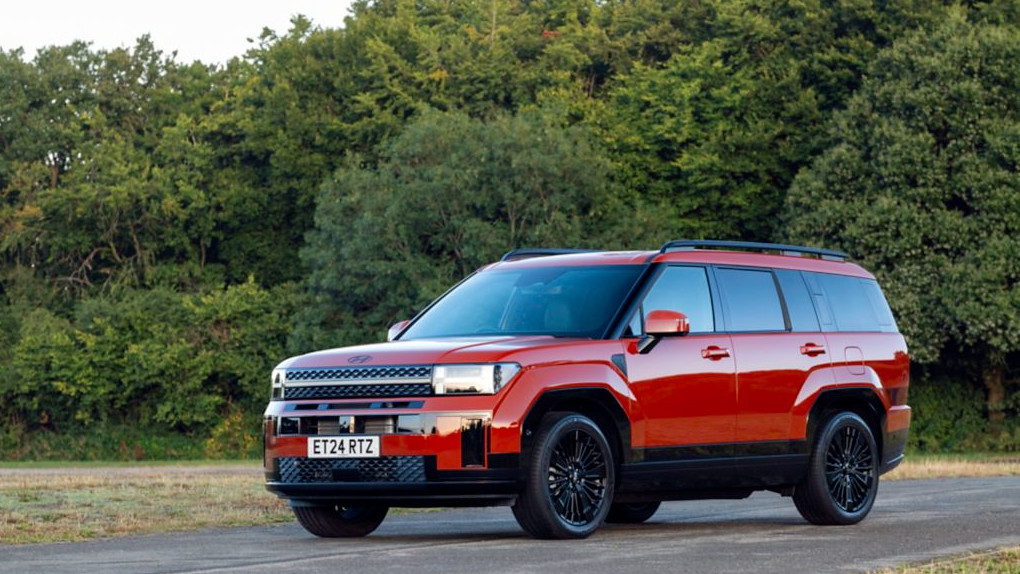 Comfort, kit and enduring aesthetics make the Hyundai Santa Fe utilitarian and upmarket
Comfort, kit and enduring aesthetics make the Hyundai Santa Fe utilitarian and upmarketTough looks conceal premium features as Hyundai takes its plug-in hybrid SUV upmarket. Wallpaper* tries out the stylish new South Korean 7-seater
-
 Our pick of the reveals at the 2025 New York Auto Show, from concept SUVs to new EVs
Our pick of the reveals at the 2025 New York Auto Show, from concept SUVs to new EVsInterest in overseas brands remained strong at this year’s NY Auto Show despite the threat of tariffs designed to boost American-owned brands
-
 2025 Seoul Mobility Show report: all that's new and notable
2025 Seoul Mobility Show report: all that's new and notableOpened at a time of high national drama, the 2025 Seoul Mobility Show has gone on to underscore Korea’s place at the cutting edge of the auto industry. Guy Bird was there